Chemical disposal
Answer reviewed 27 February 2023
Treating chemical waste is useful in order to minimise the volume of the waste or reduce/eliminate its hazards. However, consideration should be given as to whether this is economical in terms of the time and chemical resources required. Waste treatment methods include (i) neutralisation of acids or bases, (ii) evaporation of water from aqueous salt solutions, (iii) precipitation or displacement of metal ions from solution and (iv) reduction of oxidising agents. For the specific chemicals you mention, we provide the following suggestions:
Copper nitrate solution
Copper salts are toxic for aquatic organisms and should not be released to the environment, but stored for collection by a licenced waste disposal contractor.
Waste copper compounds can be stored with waste copper residues, toxic inorganic waste or heavy metal waste. If storing as mixed waste, you should check the SDSs of the chemicals in the mixture to make sure they are compatible.
We suggest the following methods for the treatment/disposal of waste copper nitrate solution:
- Store in solution form in a labelled bottle for collection by a licenced waste contractor
- Allow the solution to evaporate, without heating, in a fume cupboard. Do not evaporate to dryness. Place the resulting solid/sludge in a labelled container and store for collection.We advise against heating solutions of nitrates to evaporate the water, particularly if they are contaminated, as this could pose a fire or explosion hazard. Overheating of the salt may also lead to decomposition and the generation of toxic oxides of nitrogen.
- Precipitate the copper ions from solution as either copper hydroxide or copper carbonate, by addition of either sodium hydroxide or sodium carbonate, respectively. Depending on the method used, this type of procedure can be problematic as gelatinous products may be produced which are difficult to evaporate or filter.
Forming the carbonate rather than the hydroxide is reported to give a product which has better filtering qualities.1 According to the reported procedure,1 the copper solution should be added to a 1.1-1.5x excess of carbonate solution, to give basic copper carbonate, or Cu2CO3(OH)2, which has the same formula as malachite. The resulting mixture should be allowed to age for about 4 days so that crystals of basic copper carbonate can form. The precipitate should then be the green colour of malachite. The precipitate is collected by suction filtration, dried and stored for collection as copper or heavy metal waste. The filtrate, a very dilute solution of copper ion, can be flushed down the sink with dilution.
Note that this method produces a less hazardous salt, but is time consuming and still requires disposal by a chemical waste disposal contractor.
Diluted hydrogen peroxide
Waste hydrogen peroxide solutions can be treated by diluting to less than 1% w/w and flushing down the sink.
Orthophosphoric acid
Small quantities can be neutralised with a solution of sodium carbonate to within pH 6-8, and flushed down the sink with dilution. If the acid is fairly concentrated, add it slowly to an equal volume of water before neutralising.
Large quantities should be stored for collection by a licenced waste disposal contractor.
Iron thiocyanate solution
The thiocyanate ion is much less hazardous than the cyanide ion, but is still regarded as harmful to aquatic organisms.
Small quantities of thiocyanate solution of low concentration (e.g. 0.001M) may be flushed down the sink. Larger amounts should be stored in a labelled bottle for collection by a licenced waste contractor. The volume of the solution can be reduced by allowing it to evaporate, without heating, in an operating fume cupboard. We advise against heating the solution, as to do so may risk generating very toxic hydrogen cyanide gas. It is possible to treat thiocyanate with an oxidising agent to transform it into cyanate and sulfate. However, we also do not recommend attempting this due to the risk of hydrogen cyanide gas being released.
References
1Hsu, C.T., ‘Precipitation of basic copper carbonate from cupric sulphate and sodium carbonate solutions’, Journal of Applied Chemistry, 6(2), 1956, 84-88
ChemSupply Australia website, (2023), Safety Data Sheet: Copper (II) nitrate hydrate. Please search the product information page on the website for the current SDS for Copper (II) nitrate hydrate https://shop.chemsupply.com.au/
ChemSupply Australia website, (2023), Safety Data Sheet: Hydrogen peroxide 3%. Please search the product information page on the website for the current SDS for Hydrogen peroxide 3% https://shop.chemsupply.com.au/
ChemSupply Australia website, (2023), Safety Data Sheet: Phosphoric acid 25 - 85%. Please search the product information page on the website for the current SDS for Phosphoric acid 25 - 85% https://shop.chemsupply.com.au/

